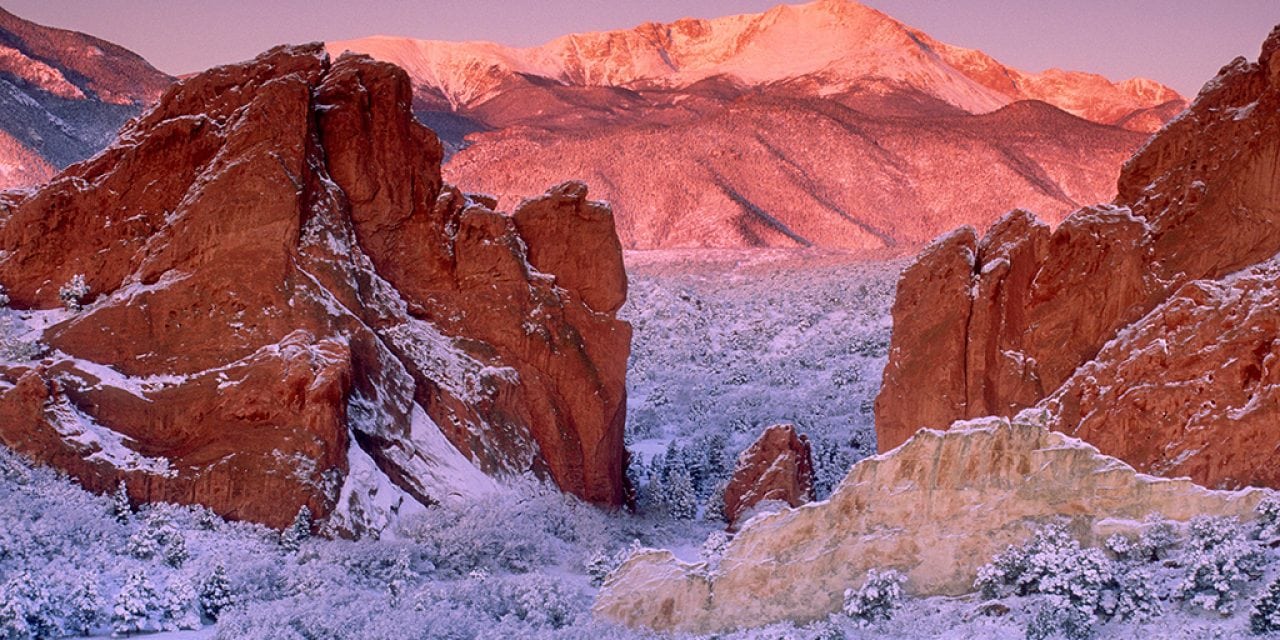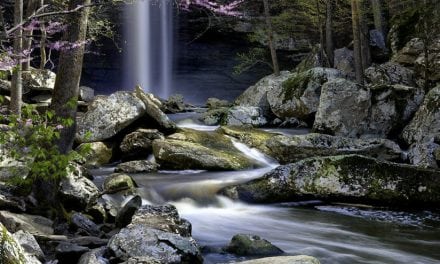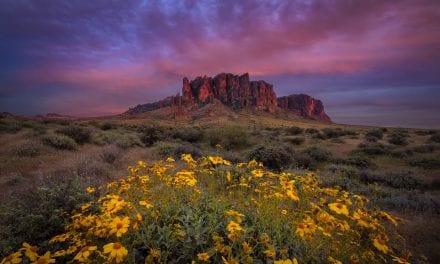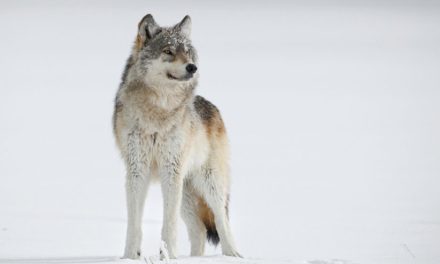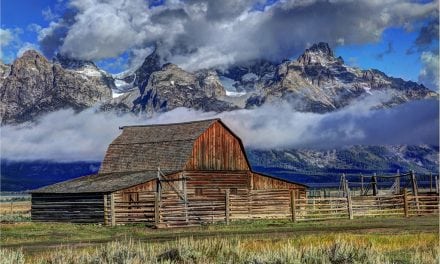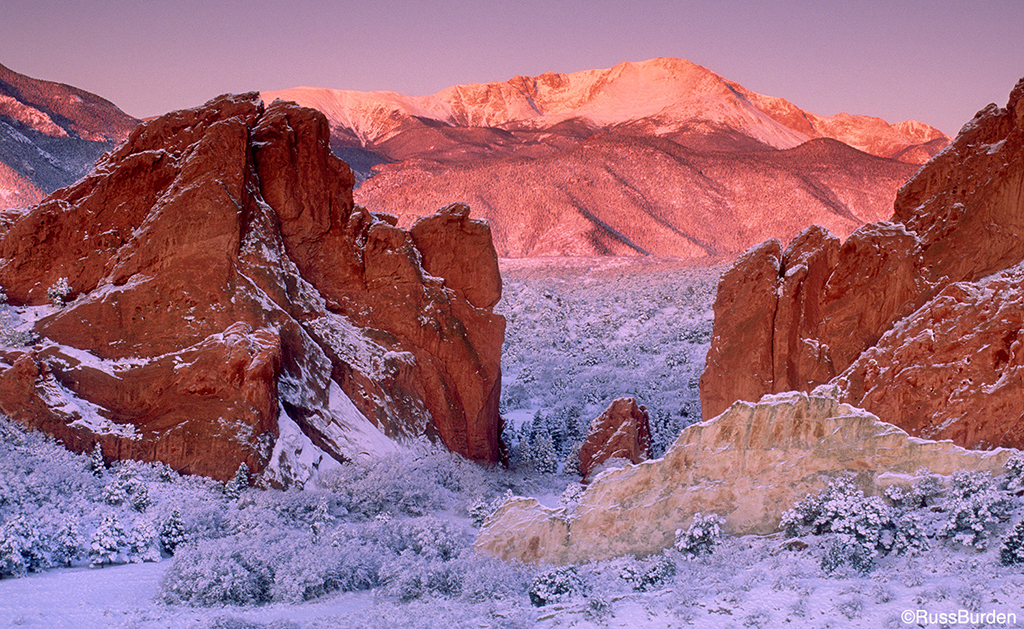
Summer has passed, the occasional warm days of a late fall are gone and you’re lounging on the sofa watching reruns of “I Love Lucy.” During a commercial, you reminisce about all the photos you made when the weather was warm. A memory of dramatic light behind backlit aspens flashes through your head. Here’s some advice—rather than reflect upon the photos you made over the past few months, get your butt off the sofa and head out into the cold. A world of image making awaits the photographer who snubs chilly temps, persists, and goes out to shoot regardless of the conditions.
In fact, and this may sound a bit harsh, I sincerely hope everyone who reads this article catches a cold. “That’s not kind,” I hear you say, but I mean it. I really want you to catch a cold morning, afternoon or evening of photography. No longer use the cold as an excuse to not go out and make pictures.
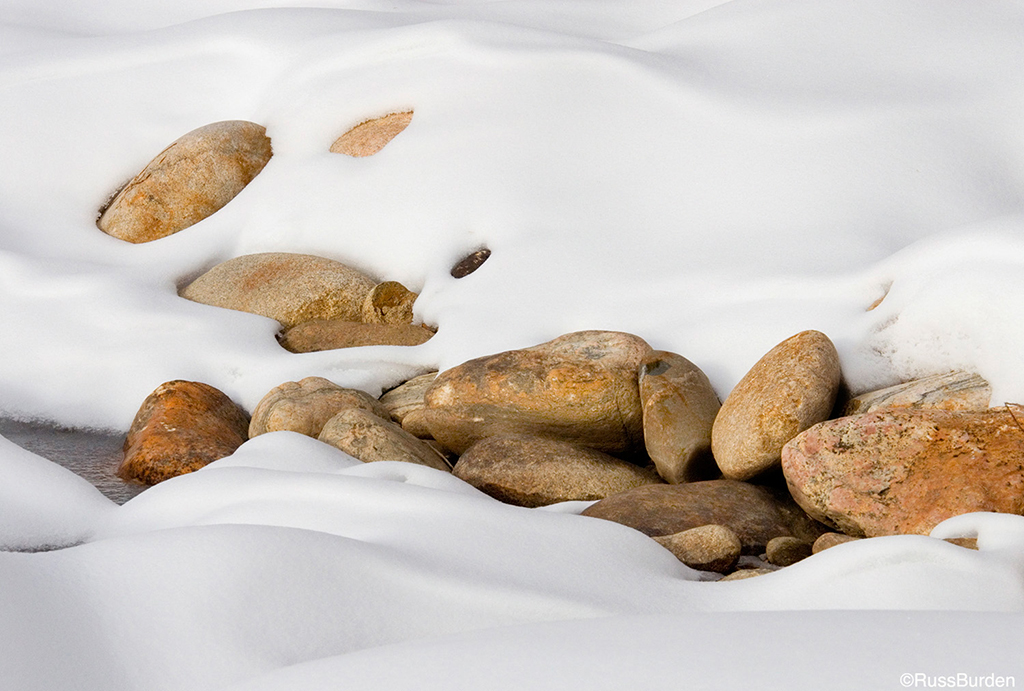
Lots of great images can be made during the winter months, but I want to zero in on the topic of ice. Great ice photos can be captured under varying types of conditions. If the light conditions aren’t majestic, move in for the macro shot. If the macro shot doesn’t work, look for the abstract. If the abstract shot doesn’t pan out, incorporate subjects that tell a story. Since ice subjects are all over, you’ll never get left out in the cold!
The Scenic: Think about the close-to-home scenic gem you’ve often photographed in the spring, summer or fall. Revisit it this winter to create an icescape. Watch the news for weather patterns when ice may form. A recent snow with daytime temperatures that cause a melt followed by a hard night’s freeze is ideal. Get out early the next morning for the possibility of icicles. If the sun is low enough, place it behind some of the ice formations, stop the lens down to ƒ/22 and create a sun star behind them.
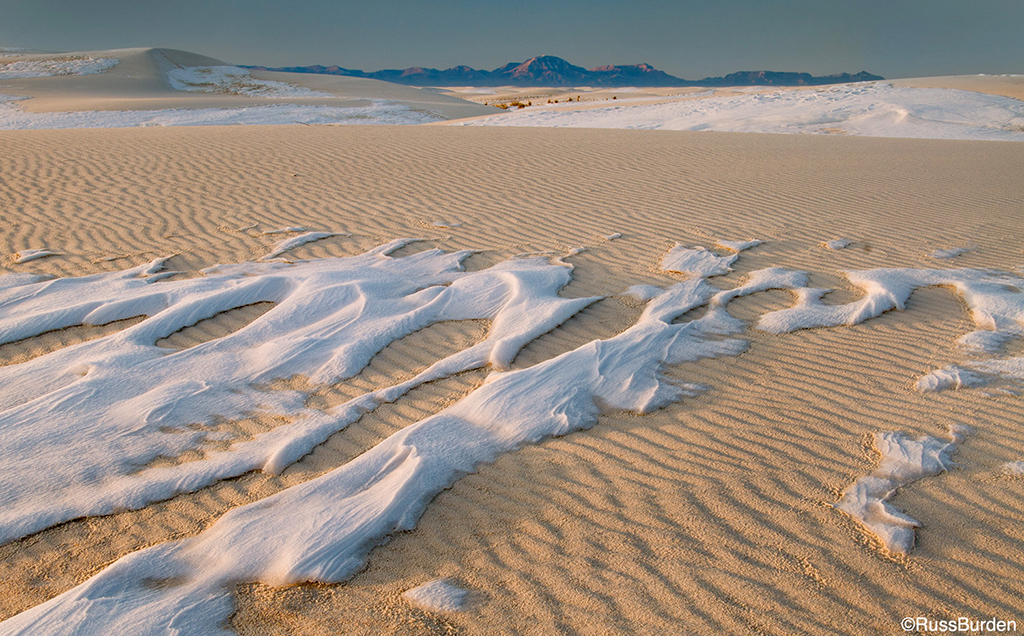
Move In Tight: Look for intimate icescapes at your feet. A frozen puddle can offer ice bubbles, crack patterns or crystal formations. Concentrate on the flow of lines, shapes and curves. Before you point your lens at the scene, study it without the camera to see if there’s a section that draws you in. Scrutinize the area and look for mini S curves, a crack that leads you to a focal point in the ice or other interesting shapes and forms.
Tell a Story: Pretend you’re a news photographer. On a slow news day, it’s their job to provide story-telling images. Study the surroundings to see what can be included to make a compelling photo. Look for interesting light and find a subject where it hits. Is it a place where it’s likely a potential subject may enter? If so, be patient and grab the moment when the pieces fall into place. Brave the cold and come back with some winners.
Visit www.russburdenphotography.com for information about his nature photography tours and safari to Tanzania.
The post Catch A Cold appeared first on Outdoor Photographer.

